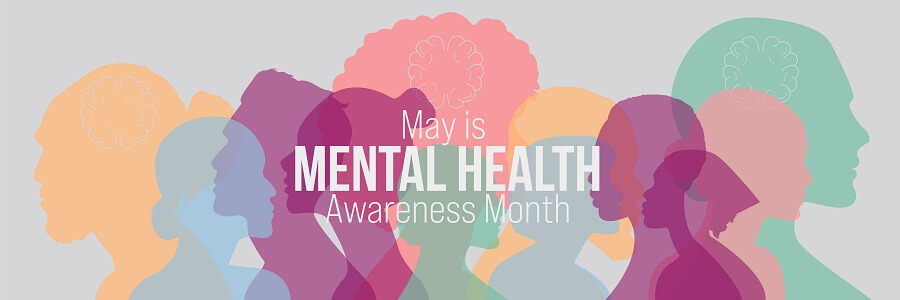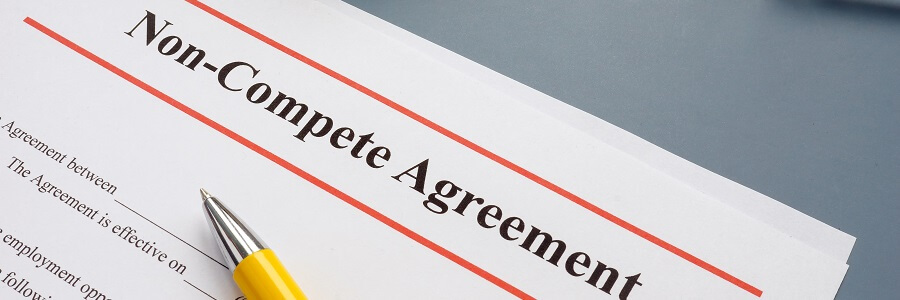AI in the Workplace: What Employers Should Know

Quick Look: Technology is changing so rapidly, sometimes it’s difficult to differentiate a passing trend with what’s here to stay. Artificial intelligence (AI), in particular, has many employers wondering how and when it will be fully integrated into the workplace. As with any new technology, it’s best to proceed with caution but remain optimistic when preparing for the next wave of change.
The AI discourse has escalated from a murmur to a roar as predictions for the market are expected to reach $1,871.2 billion within the next decade. However, despite this exponential growth, only a small percentage of employees (10%) have AI skills necessary for today’s workforce. Some are uncertain about the outlook of AI and the possibility of human job replacement. While others are unaware of how to effectively incorporate AI into their day-to-day tasks.
It’s up to employers to introduce AI in a way which feels organic to the operations of the business, rather than expecting it to perform as a human would. Staying agile and aware of the challenges, as well as the benefits, is also important. By working with a professional employer organization (PEO) partner to take actionable, clearly defined steps, it allows employees to embrace AI rather than having them fear this new technology will completely take over.
What is AI and how is it used in the workplace?
Artificial intelligence is the use of computers and machines to mimic decision-making and problem-solving capabilities of the human mind. Instead of viewing it as an employee replacement, it can actually lead to better job satisfaction. Because the core of AI benefits focus on work delegation, it allows employees to free up their time from administrative, task-based work and advance their skill set by:
- Automating repetitive tasks
- Improving efficiency and productivity
- Enhancing decision-making
- Analyzing vast amounts of data quickly
Employers and their employees should focus on how these capabilities can change their workplace for the better, such as optimizing employee productivity, and removing bias from the recruiting process.
AI can encourage employees to acquire new skills
Administrative responsibilities can slow down employee productivity and leave them feeling unfulfilled in their roles. Since AI is designed to complement human proficiency, it can assist in these types of tasks. When AI takes over more menial work, it leaves the door open for employees to learn new skill sets and advance their positions.
As a result, employers should invest in training programs and development opportunities to maintain employee job satisfaction. Zippia research shows 45% of workers are willing to stay with a company longer if learning and development is prioritized, and companies have a 24% higher profit margin when comprehensive training programs are in place.
AI can remove recruiting bias
For recruiters and HR professionals, AI has also been leveraged to support diversity, equity, and inclusion (DEI) efforts. Many AI systems remove names from resumes to help eliminate bias, leading to a bigger talent pool of qualified candidates, and allowing job seekers a fairer chance.
And as new laws are passed, AI may switch from nice-to-have to necessary in decision making. For instance, NYC employers are now required to obtain a “bias audit” for all automated employment decision tools. This is an impartial evaluation by an independent auditor that tests, at minimum, the tool’s disparate impact upon individuals based on their race, ethnicity, and sex. This law also contains strict notice and disclosure requirements.
Tips on how to advise employees about AI
AI is a tool used to complement job responsibilities, clearing the path to focus on more challenging and thoughtful work. As it continues to become a larger part of the workplace discussion, here are a few tips on how to guide employees down the right path.
Use AI as a resource
AI is a resource, not an end-all solution. There are various tools to use but not all have the same functionalities or benefits. OpenAI, CoPilot AI, and ChatGPT are some of the biggest AI models being used today. And, though it is a largely favored technology, it’s trained on data pulled from the internet, which may not always come from reliable sources. Verbiage needs to be proofread and fact-checked rather than be used verbatim.
Protect confidentiality
Since AI is a “learn-as-you-go system,” employees should not share anything confidential. All information entered into these systems can be retrieved and used by third parties. Therefore, there are certain responsibilities AI isn’t best-suited for, such as private contractual information and other sensitive materials. A well-suited company policy should be developed to align employee usage within internal programs.
Evaluate cybersecurity
Despite the potential of AI, there are still concerns about data privacy and cybersecurity. Employers need to review their cyber insurance to identify if infractions caused by AI are covered. When applied companywide, employers should also establish robust protocols to ensure the protection of sensitive information, comply with relevant regulations, and communicate with employees about data collection and usage.
Follow legal guidelines
Laws change constantly, and employers must stay informed about legal and regulatory frameworks related to AI in the workplace. This includes compliance with laws governing data protection, intellectual property, and potential liability for AI-generated decisions. As promising as it is, deploying AI can leave employers vulnerable if not handled appropriately.
Avoid over reliance
While AI provides valuable insights and assistance, it is essential to retain critical thinking skills and independently verify or validate AI-generated results when necessary. An overreliance on AI systems and algorithms dilutes its initial purpose and can hinder rather than help the workplace. Continually provide employees guidance on when and how to use AI and periodically review processes for effectiveness.
Understand limitations
Recognize AI systems have limitations. They are programmed based on available data and may not always account for unique circumstances or evolving situations. Be aware of the boundaries and potential biases of AI systems and seek human intervention as needed.
Ask your PEO partner about AI
PEOs can provide general guidance and share knowledge about how AI is being used at work. As risk and compliance experts, a PEO can also work with companies to navigate specific AI usage regulations and changing laws, such as the NYC recruiting rule. Additionally, your PEO partner can provide training programs, learning and development resources, upskilling tips, and other strategies to guide employees as they transition in their roles.
At ExtensisHR, we’ve developed a 45-Day Recruiting Solution built using both human and AI pragmatic solutions to help you find both passive and proactive candidates through AI-led sourcing and sponsored job ads. AI can also be used to onboard new hires to streamline the process and set a positive tone.
Technology has illustrated ways in which we can save time and concentrate our efforts on what matters most. However, it requires being attuned to changes and always knowing there’s nothing to truly replace the human touch.
Our team of experts complements AI initiatives with a person-to-person approach, allowing us to customize HR solutions to each company’s specific needs. Contact ExtensisHR today to learn how our services can benefit you.



